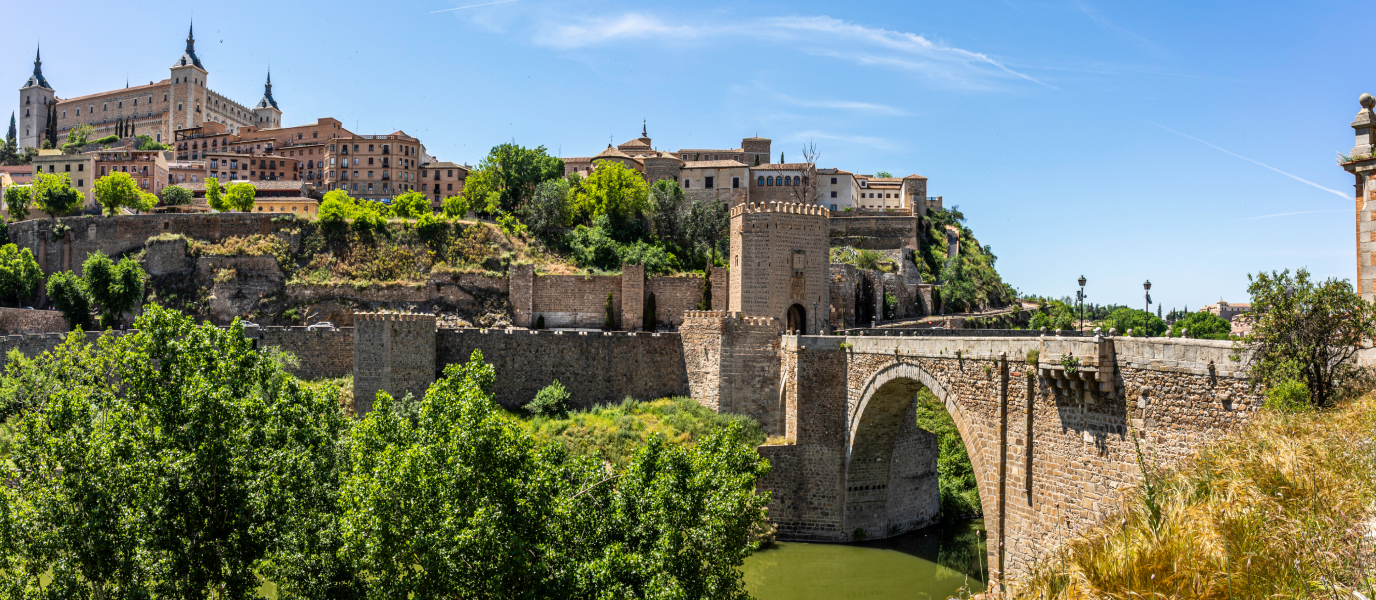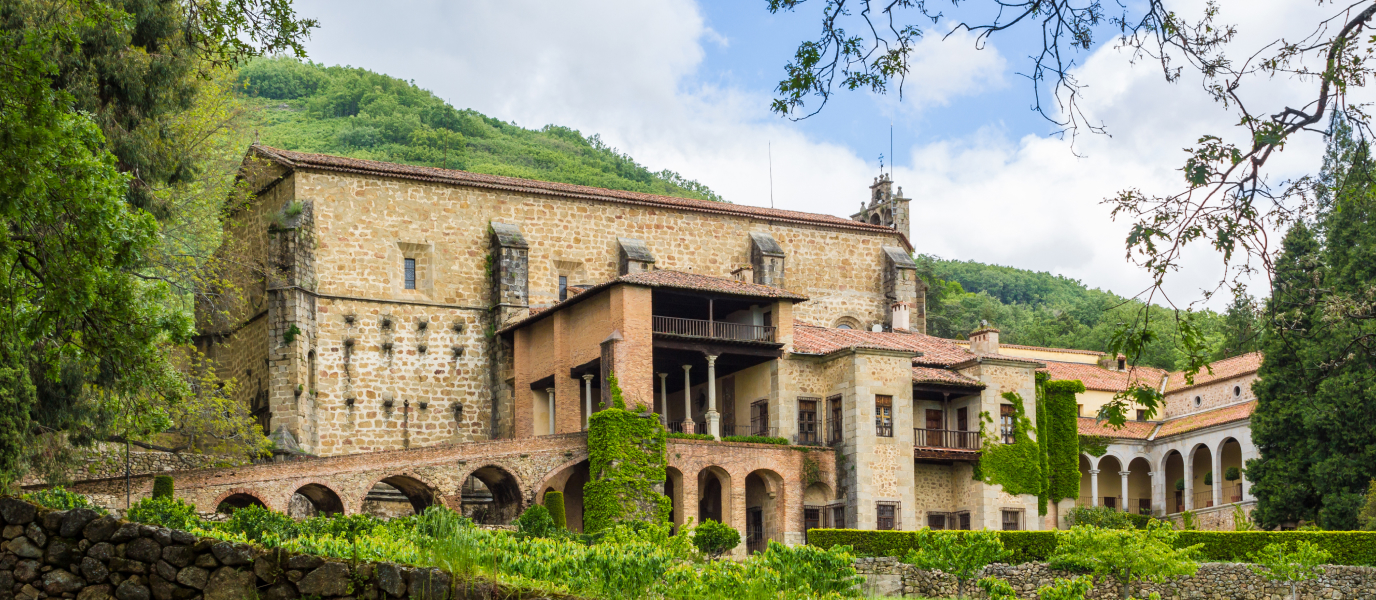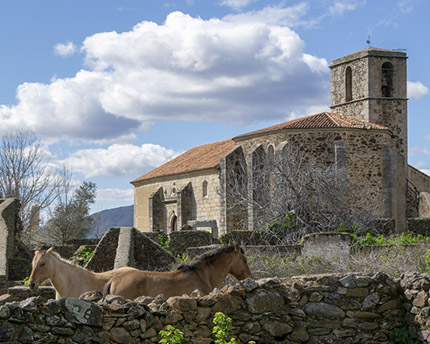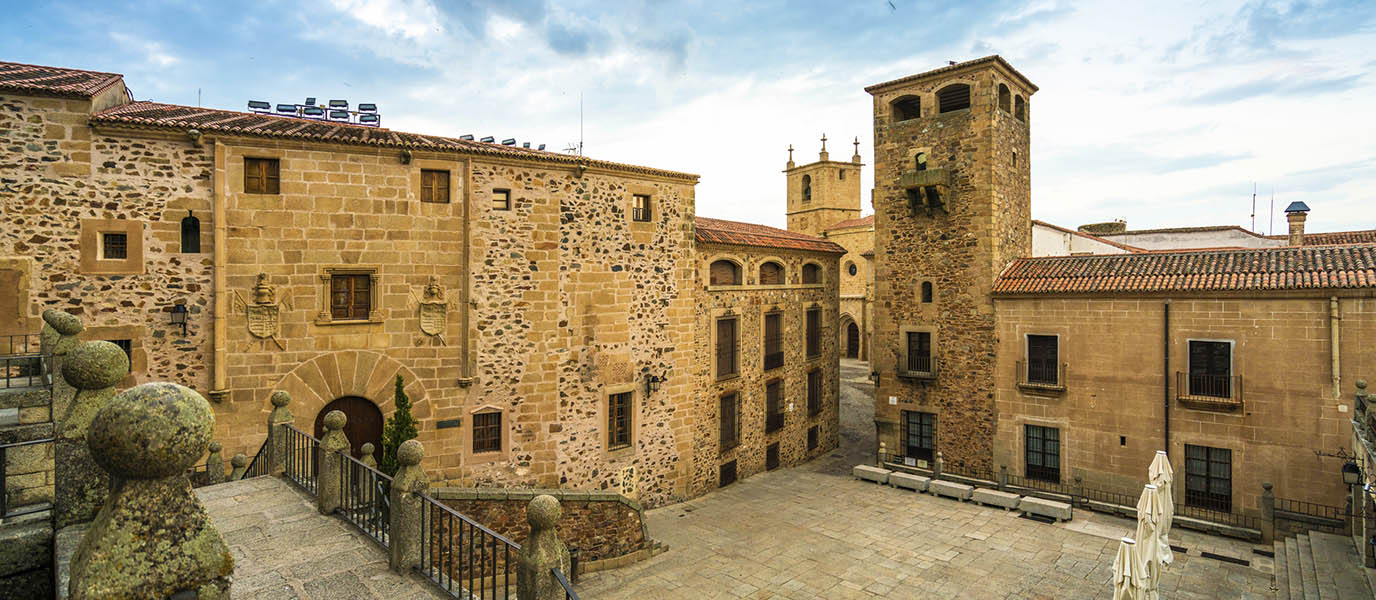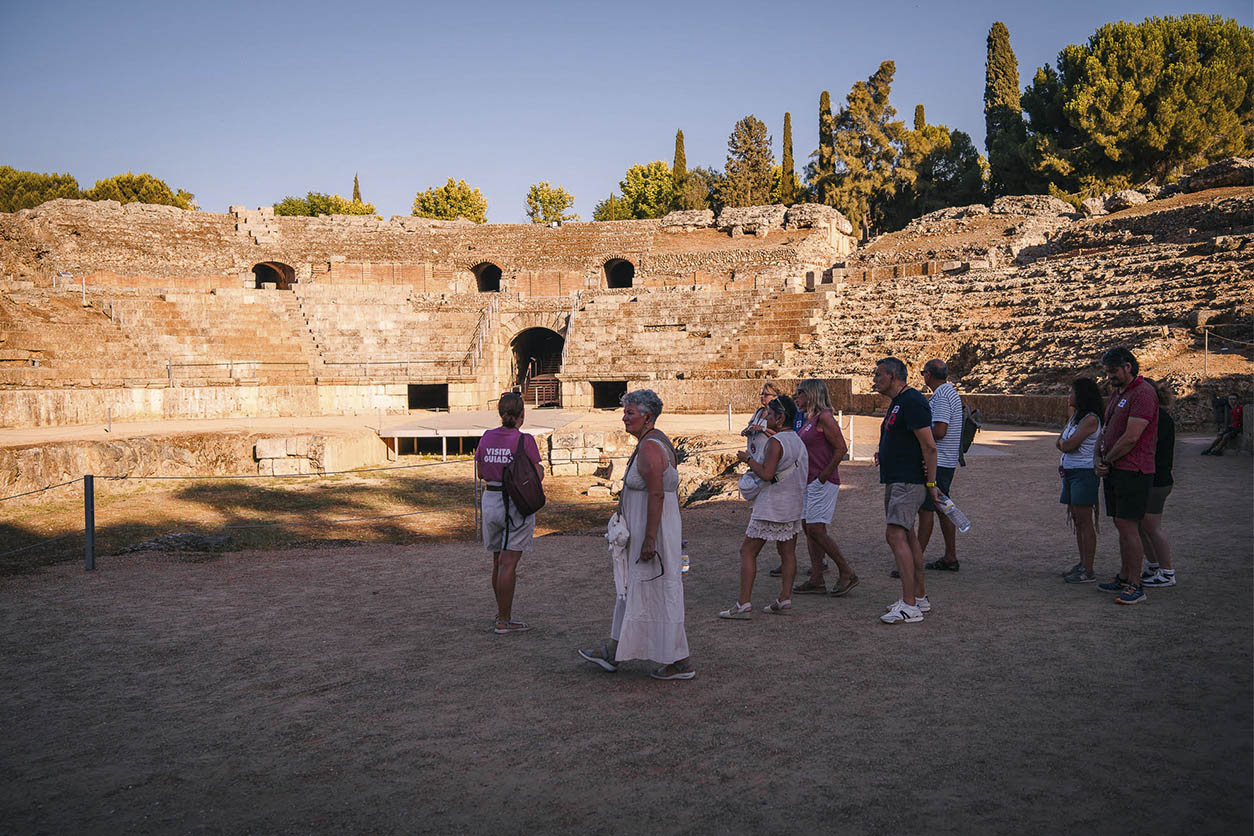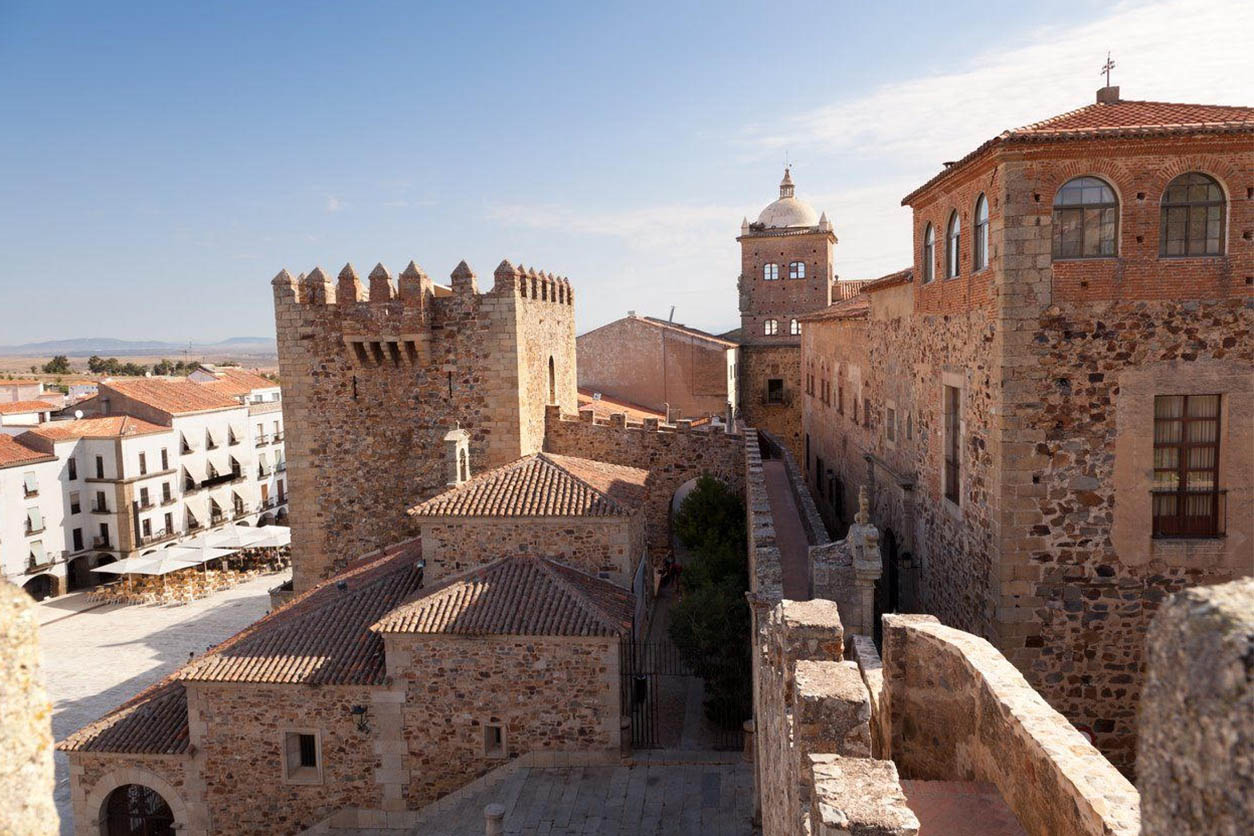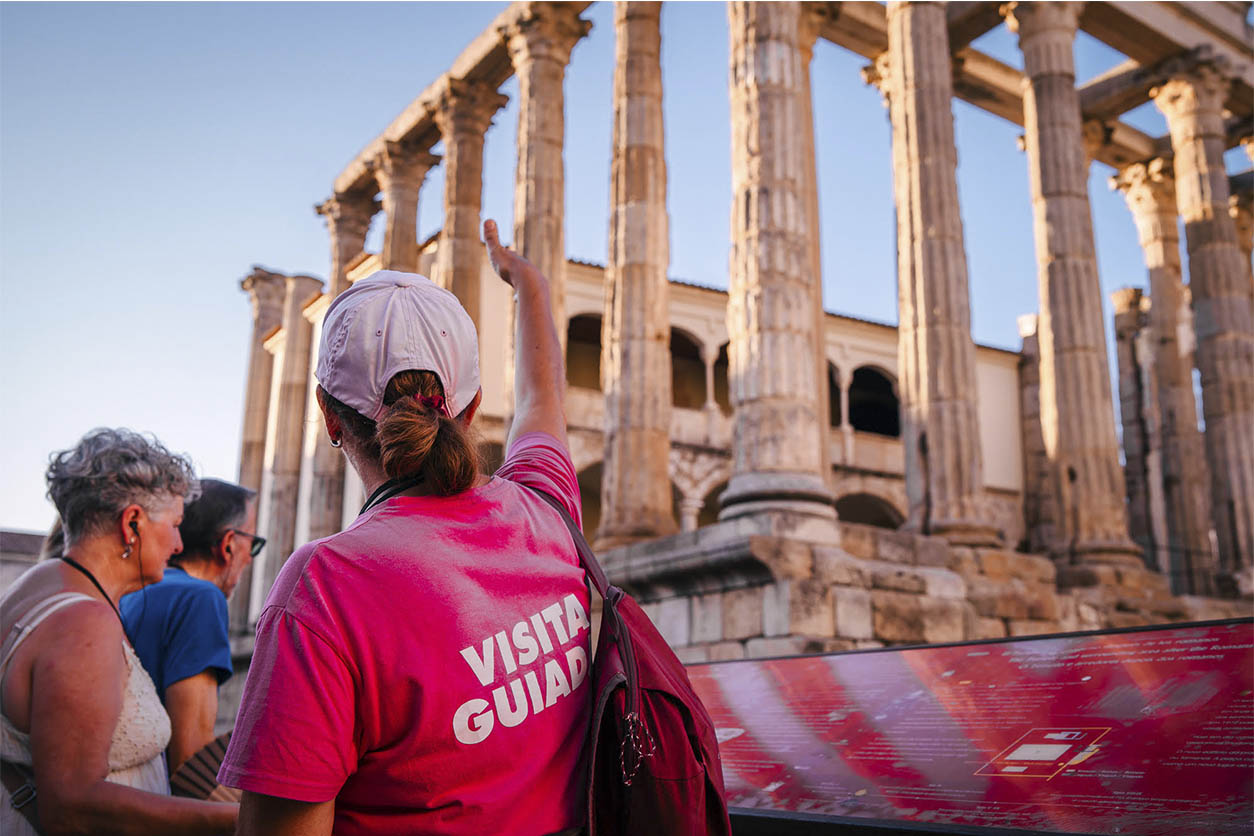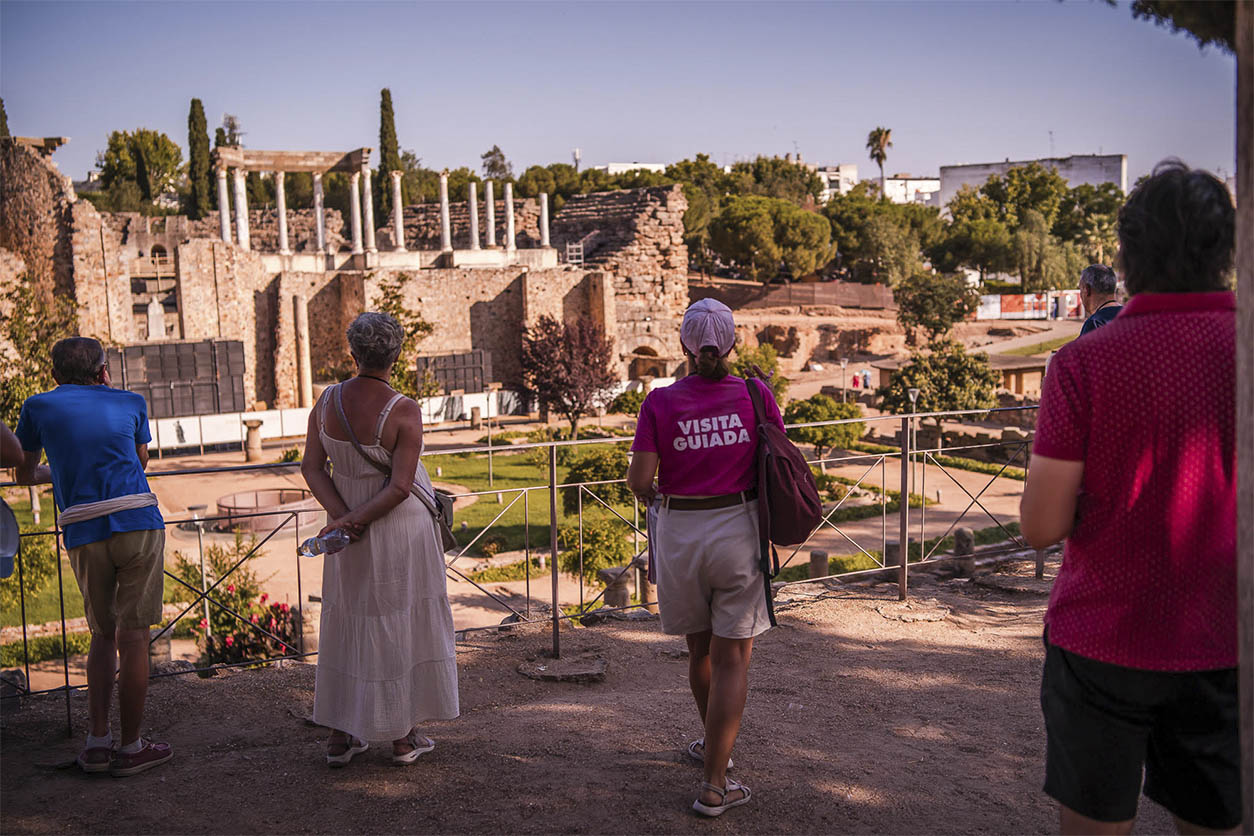The wall of Cáceres is one of the most important architectural monuments of this Extremaduran city. Enveloping the Old Town, it witnessed Cáceres become a capital city in its day. Take the time to walk the ramparts and you will understand how a wall can be declared a UNESCO World Heritage Site.
Just like the rest of the old town of Cáceres, the walls have been exceptionally well preserved, allowing historians to understand just what influences the various cultures that have resided here have left on the city. It certainly has earned its place as one of the most beautiful historic centres in Spain.
The wall of Cáceres: protecting populations over the years
Cáceres was an important site during the Moorish occupation of the Iberian Peninsula. Bordering the Christian kingdoms to the north, the wall of Cáceres was bolstered considerably in the 12th century due to the conflicts between the Moors and Christians. Until that point in time, the wall had mostly been made up of the remains of a previous wall that had protected the Roman city of Norba Caesarina, a prosperous settlement in the province of Lusitania that lasted until around the 5th century CE. Until the Moors invaded, this settlement had remained abandoned for the better part of seven centuries.
The capture of Cáceres by Alfonso IX of León in the 13th century was one of the most important moments in the Christian ‘re-conquest’ of the peninsula. The capture came after many sieges by the Christians, evidence of which can be seen in the reinforcements of the defensive walls that still remain today. King Alfonso IX of León knew that taking Cáceres would be fundamental to his campaign into the Moorish lands to the south and the city finally fell to the Christians on the 23 April 1229 after a 3-month siege.
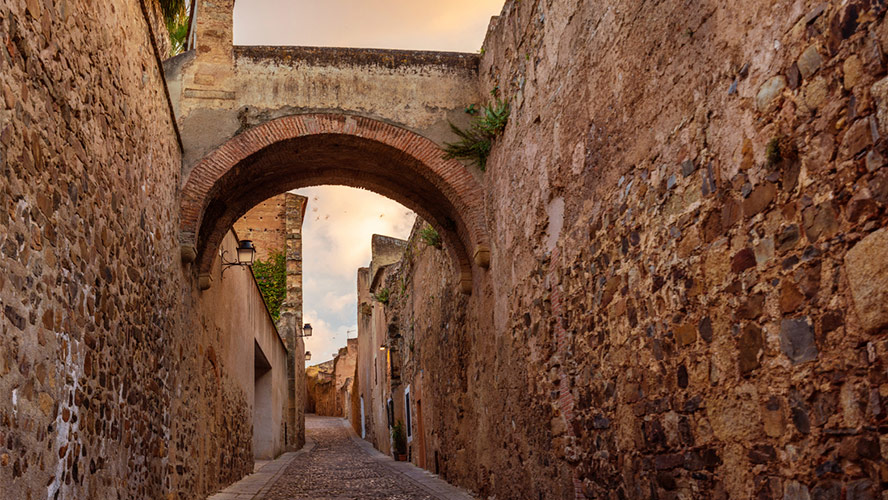
A walk around the ramparts of the wall
With the capture of Cáceres, the Christians had gained a city endowed with centuries of cultural history that was reflected in the buildings and the wall itself. Measuring 1174 metres in length and covering an estimated eight hectares in area, the wall of Cáceres still guards the old city centre, which is full of monuments, palatial houses, defensive towers, churches and alleyways dating from the Middle Ages. The parapet allows tourists to see this beautiful centre as it is today, while imagining they are retracing the steps of soldiers and citizens who have used the wall for protection and to get around the bustling city for more than a thousand years.
Arco de la Estrella
Taking a walk around the parapet is an excellent way to get to know the city and you should definitely start at the Arco de la Estrella, or ‘Star Arch’ and the Episcopal Palace, next to Plaza Mayor, and follow the Adarve, or wall-walk.
The Arco de la Estrella is one of the main gates of the wall. Constructed in 1726 next to the Bujaco Tower, it replaced part of the old defensive wall with the intention of creating a gate more suitable to the larger carriages in use at the time. On the interior side of the wall there is an alcove with an image of the Virgen de la Estrella, venerated by all those who left the city on a journey. On the other side of the arch is the Torre de los Pulpitos, a tower built by the Christians in the 15th century and taking its name from the four corners of the arch that look like the pulpits of a church.
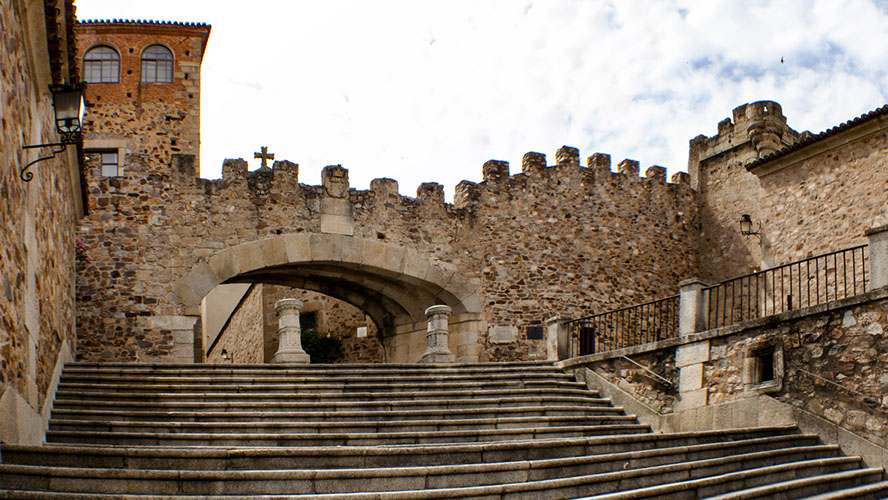
From the arch, follow the parapet towards the left in order to reach the Count of Canilleros square where you will find the Toledo-Moctezuma Palace. This 15th/16th century building is home to the Provincial Historical Archives and, next to it, you will come to the Torre de los Espaderos. This tower was built by the Christians in the 14th and 15th centuries and makes up the second line of defence in the city. Today, the tower still has an impressive machicolation supported by nine cantilevers, despite the fact that the Catholic Monarchs ordered this tower – like many others in Cáceres and elsewhere – to be reduced in size.
The Jewish quarter: palatial houses and towers
Following the parapet around the centre will bring you to the Puerta del Río (River Gate) where you will see the incline that leads towards the old Jewish Quarter. Here, at the halfway point of the tour of the walls, you will come to the Torre de los Pozos, the tallest of all the towers on the wall built by the Moors on top of Roman foundations.
Walking through the Jewish Quarter, you will come to the Pereros palatial home, built in the 16th century, and the Puerta de Mérida, which was built in the same location as the original Roman gate. Just behind the palatial home you can see the Torre Mochada, an octagonal tower built by the Moors in the 13th century and the Knights’ Hospital built in 1486.
Not far from here the parapet will take its final turn. Here the mansion of the Counts of Adanero can be found. Also built in the 16th century, this palatial home sits next to the Arco de Santa Ana, a small archway between the main gates of the wall.
Following the parapet around from here, you will come to the Plaza de Caldereros where you will find the 15th-16th century Palacio de la Generala, which forms part of the University of Extremadura today. The Plaza Mayor is not far from here and contains the 12th century Torre del Horno and Torre de la Yerba. Like other towers in the city, these are spur towers that take advantage of the highest points of the city to act as watchtowers. From this part of the wall you get an impressive site of three towers (Horno, Yerba and Bujaco) all in line with the Toledo-Moctezuma Palace in the background, without doubt one of the most fortified parts of the city wall.
After this, you will have come to the end of your trip around the parapets of the wall of Cáceres, and your tour of Roman, Moorish and Christian military and civilian architecture will be complete.
Other towers in Cáceres
The towers in Cáceres are not only found on this ancient wall but are dotted around the city, two of the most interesting are:
- Torre de las Cigüeñas (Tower of Storks). This tower forms part of the so-called Palace of the Storks on the inner side of the city wall. It takes its name from the many stork nests that are found in the highest points of the tower and palace. This tower stands out among the rest due to its having crenellations that were ordered to be taken off by the Catholic Monarchs.
- Torre del Palacio Galarza. This old banker’s house was acquired by the Bishop Galarza in the 16th century and is known locally as the House of Tricks. It has a quadrangular tower and is located outside the main wall.
If you are interested in Cáceres, its monuments and cultural legacy then you can learn more about it in our guide to this beautiful Extremaduran city.




































































